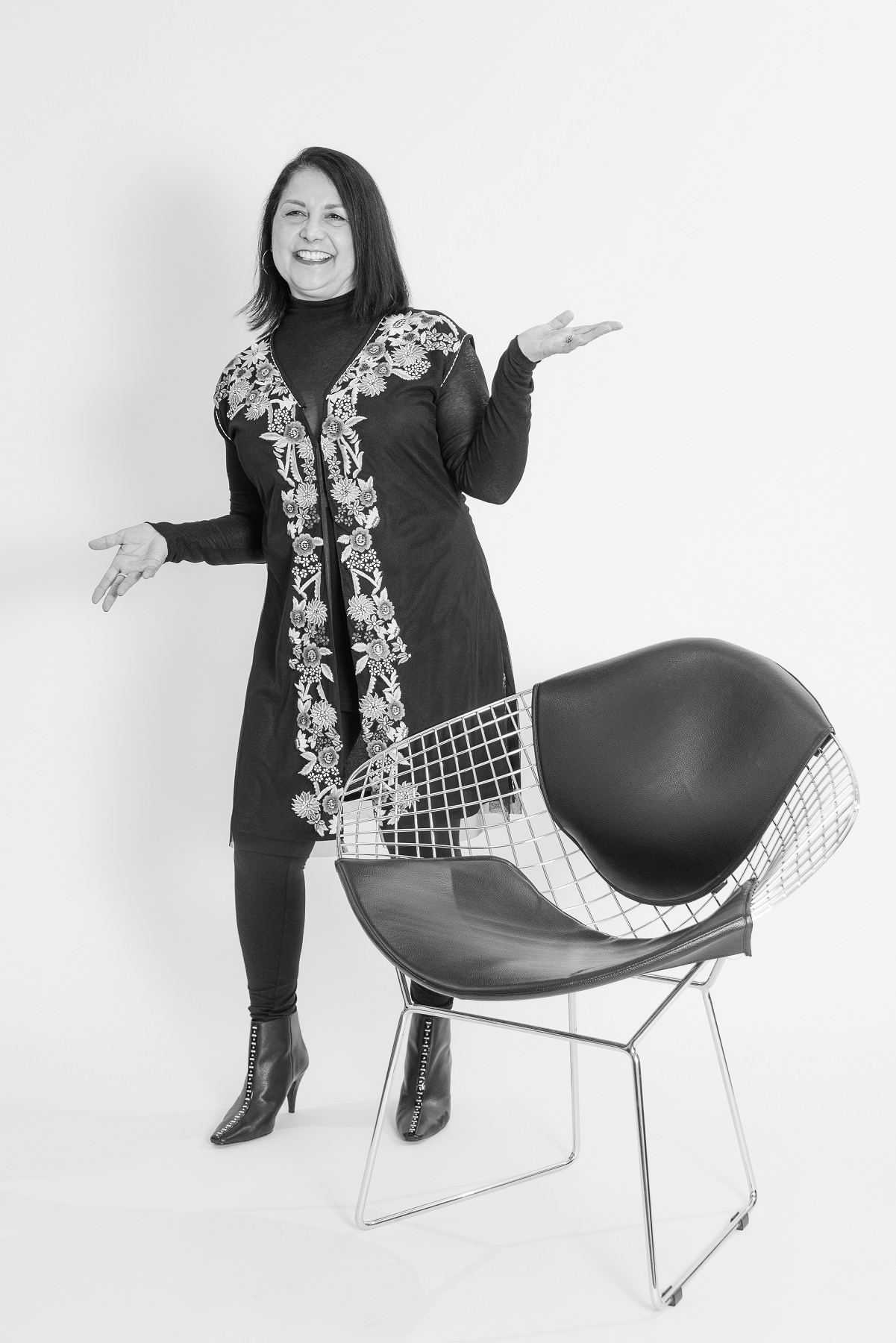Historical Researcher. Author. Proud Tejano.

With great pride, Edna Campos Gravenhorst will tell you she’s a “10th-generation Tejano,” referring to the area where she grew up in South Texas.
It was the strong women in her family – mother, grandmother and great-grandmother – who taught her to be proud of her history as the descendant of land grantees who came to the New World from Spain.
Her mother was a maid with an eighth-grade education and her father – who was called “oil-field trash” – worked as a laborer on oil wells. And as a girl, classmates called her the “n” word to bully her for having brown skin.
These childhood experiences led her to write her first book of essays. Entitled “Té de Canela,” (Cinnamon Tea), which refers to the color of her skin and the drink that was her grandmother’s cure-all for life’s problems. She then wrote “Ay Mija! Why do you want to be an engineer?” to encourage young Latinas to pursue an education in STEM.
As an adult, living in San Antonio and working in retail merchandising, Campos Gravenhorst met her husband, Ted, an executive with John Boos & Co., famous for wooden cutting boards. In 2000, the couple moved to St. Louis, where she became fascinated with the city’s historic neighborhoods. This launched her career as an architectural historian, penning several tour books, including “Benton Park West and Southwest Garden.”
As her reputation in historic research grew, she was asked to write the history of Famous-Barr when the storied department stores transitioned to Macy’s. The resulting book, “Famous-Barr, St. Louis Shopping at its Finest,” became an Amazon regional bestseller. Her latest publication, “San Antonio’s Historic Market Square,” is a nod to her life there, where she spends much of her time.

My voice speaks for those who can’t.
As a child, I was made to feel “less than” by the white kids and by the teachers. I’d cry to my mother, who told me, “You belong here more than they do. Your Indian ancestors were here first and your Spanish ancestors have been here for centuries.” I decided that when people are racist or ignorant, it’s an opportunity to educate them and open their minds. But if I can’t change their thinking, I walk away. I don’t have the energy to fight every battle.
Everyone’s history is valuable, no matter who they are.
I am passionate about history and people. When I research neighborhoods and homes, I want to know about the architecture – the bones and the structure – but also about who lived there, what kind of people were they? How did the times affect them socially, politically and financially?
I’m basically two people.
As a Gemini, I get bored easily, so I live in two cities: St. Louis and San Antonio. I’ve had two different careers, 25 years in fashion merchandising and many years now as a writer. I love living in cities, but my heart is also in rural Texas.
Creating a sense of place in the Midwest was challenging.
Living in Texas was living in a cocoon. People there looked like me and talked like me. Moving to the Midwest was a culture shock. There were black people and there were white people, but I’m brown. I’d get asked – in a very offensive way – “What are you?” Old wounds got churned up from when I was called the “n” word as a child.
I have the right to be front and center.
It took a while to believe I am valuable and have something to bring to the table. When I speak in public, the audience may be more educated or may be richer than I am, but I tell myself, “You are not that little girl anymore. You have earned the right to be here.” My mother may have been a maid, but here I am speaking in front of a room full of Ph.D.s.
My mother gave me my worth.
My mother was a classic beauty who often said, “I was young and beautiful once. Now it’s somebody else’s turn.” She grew old gracefully and never wore black. In fact, we buried her in magenta. She taught me that people are like diamonds… the more facets, the more brilliance.





